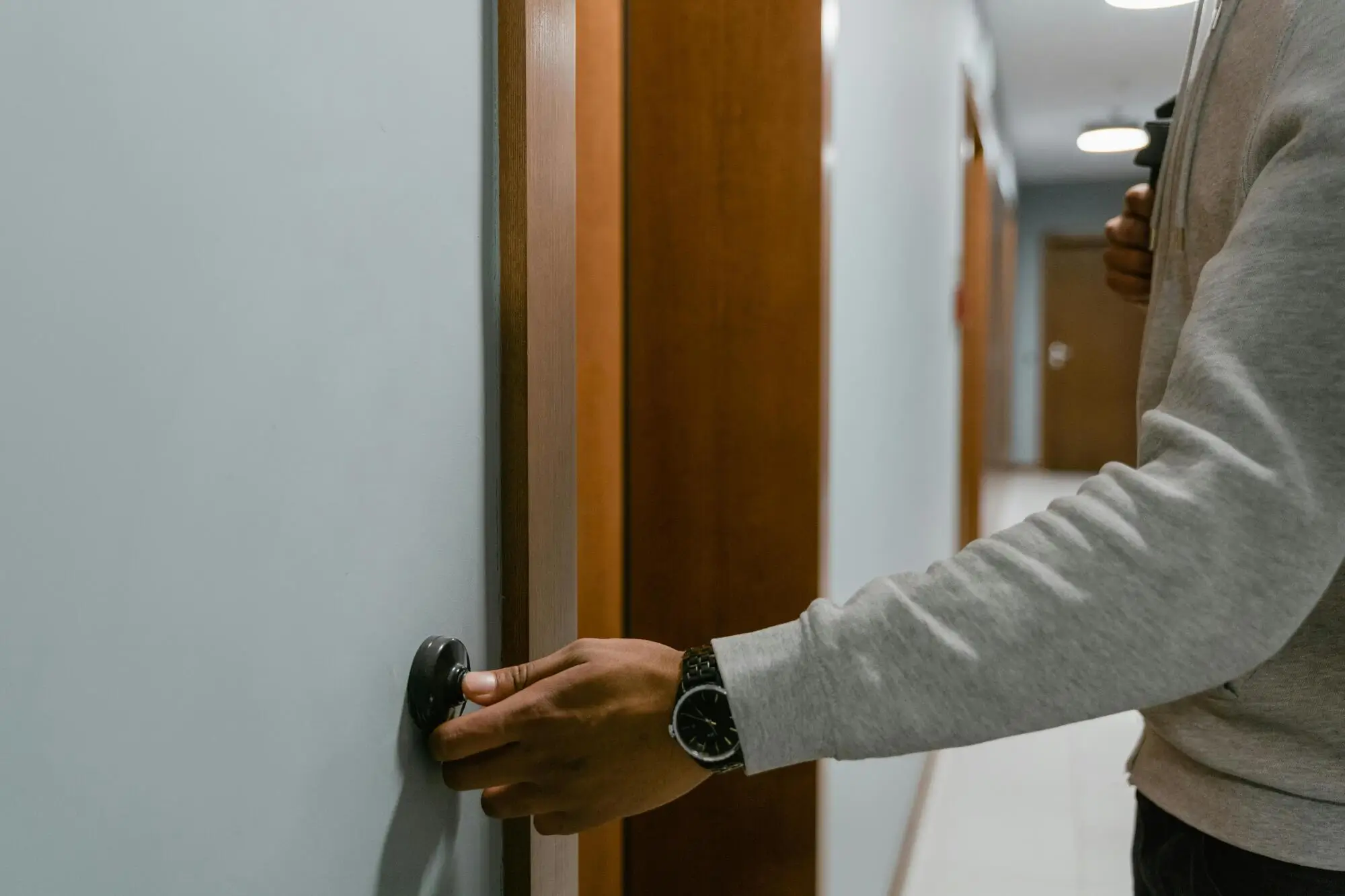According to Bankrate, Minnesota has a homeownership rate of about 75.1%.
This is very high, and with fewer renters in the area, it's important to have an effective approach to property leasing. You should have a good understanding of all the elements of being a landlord, and one thing that many property owners don't fully understand is security deposits.
In this guide, we'll answer some key questions about security deposits so you can effectively manage your rental properties in Brainerd, MN.
Let's get started.
What Is a Security Deposit?
A security deposit is a sum of money that renters must pay at the start of their tenancy. It's returned to them once their lease ends, assuming there are no issues. The landlord may use it to cover certain things such as repairs for property damage or unpaid rent.
How Much Should a Deposit Be?
In Minnesota, there's no law stating a maximum for security deposits. In many states, it's capped at one or two months rent, but landlords in Minnesota can ask for more. However, doing so might put a lot of tenants off, so two months is usually the maximum that a landlord will require.
If you have a tenant who's renting on a monthly basis, you cannot increase the deposit amount at any time. It must remain as it was when they first moved in.
Do You Need to Handle Security Deposits In a Specific Way?
In some states, landlords are required to hold tenant security deposits in specific bank accounts separate from all other finances. These may need to be accounts that generate interest which is also given to the tenant alongside their deposit when they leave.
This isn't the case in Minnesota as there are no rental deposit rules stating they need to be kept separate. However, it's still recommended. Holding deposits in specific accounts will ensure they don't get mixed up with any other funds, making returning them much easier.
When Should You Return A Security Deposit?
In Minnesota, landlord deposit policies state that you must return a tenant's deposit within 21 days of the end of their tenancy. This includes any interest, but not any deductions you may have made.
If there are damages or other deductions, you need to provide the tenant with an itemized list of the damages. It must be sent to the tenant via certified mail. Note that if there's a termination due to property condemnation, the limit is five days.
If you fail to meet the 21-day limit or don't provide the deductions, the tenant may be able to recover double the amount as well as $500 for damages of bad faith. As such, you want to make sure you get deposits back to tenants within a good time frame.
Handling Security Deposits Properly
It's important to handle security deposits correctly, otherwise you could end up losing money. It can be a good idea to work with a property manager and let them handle all deposits.
PMI Minnesota is a full-service real estate asset management company based in Brainerd, MN. We have years of experience and take advantage of cutting-edge technology to meet the needs of our clients effectively. Take a look at our property management page to see more about what we do.


